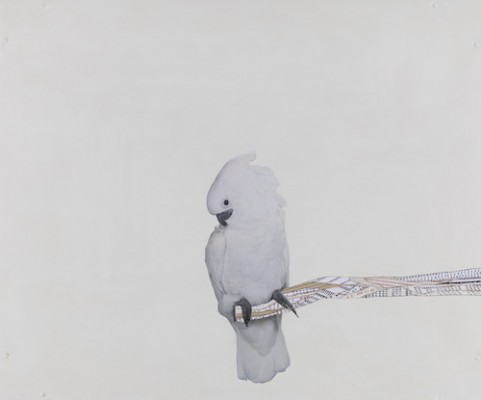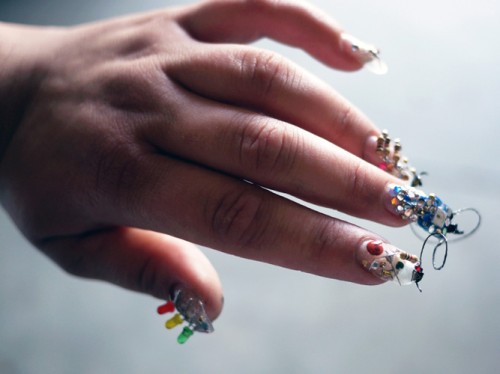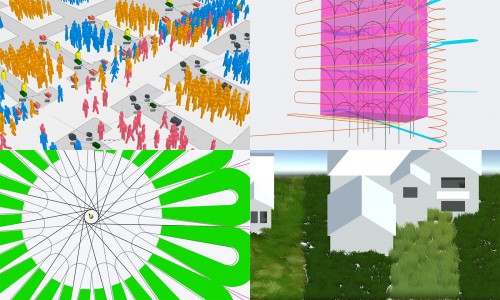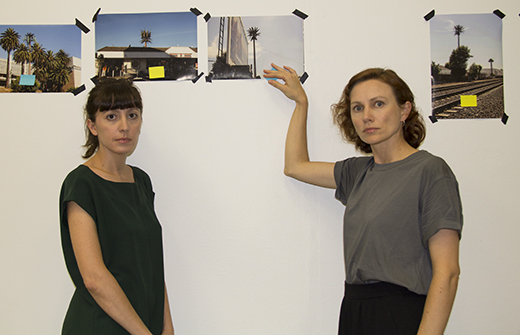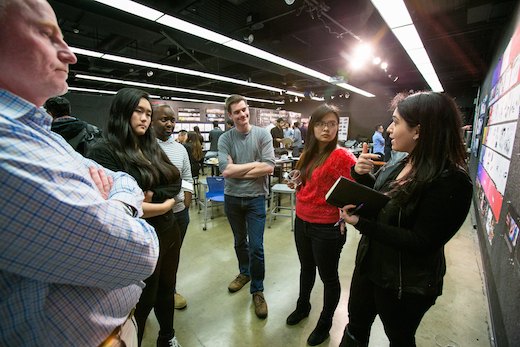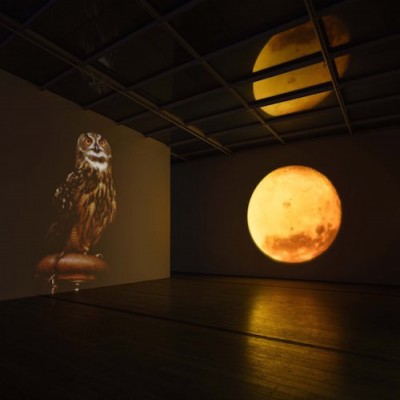
Diana Thater, A Cast of Falcons, 2008. Four video projectors, display computer, and two spotlights. Installation Photograph, Diana Thater: The Sympathetic Imagination, Los Angeles County Museum of Art. ©Diana Thater, photo ©Fredrik Nilsen
With the holidays behind us and election season upon us for the foreseeable future, this is the perfect time to divert our attention to the edifying pursuit of creative fulfillment. And what better way to do that than with this extra bulky edition of ArtCenter Alumni Notes.
NEWS
Guy Bove (BS 96 Product Design) was recently featured in a Tatler Magazine Hong Kong article about watch design. Hong Kong Tatler
Edward Eyth (BS 85 Product Design) was on a panel discussion for his concept designer work on Back to the Future Part II as part of the Toyota Mirai premier event. Toyota Newsroom

